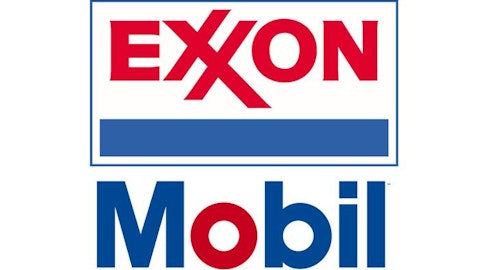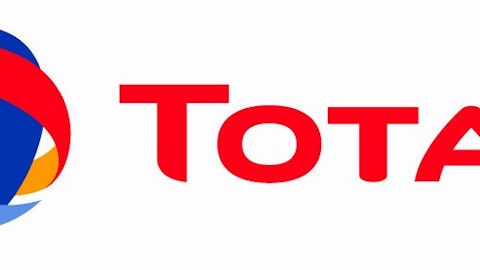Back in April, BP plc (ADR) (NYSE:BP) announced that it was putting its U.S. wind power assets up for sale, in an effort to focus on its more profitable oil and gas operations. But the British oil giant has since reversed course on that decision. Does this mean that BP plc (ADR) (NYSE:BP) is changing its mind about investing in renewable energies?
Why BP changed its mind
Not really. BP plc (ADR) (NYSE:BP)’s decision to hold on to its U.S. wind assets for now mainly reflects the fact that the company failed to receive an attractive bid. “We didn’t find an offer that we thought was the right value,” said a BP plc (ADR) (NYSE:BP) spokesman. “Our feeling is that the business is more valuable to us than to others. We had a number of bids, but we decided now is not the right time to sell.”
Instead, the company will focus on maximizing the wind farm’s operational and finance performance. BP plc (ADR) (NYSE:BP) previously estimated that the assets, which include 16 wind farms across nine states with a combined generating capacity of around 2,600 megawatts, were worth $1.5 billion.
The fact that BP plc (ADR) (NYSE:BP) was unable to attract a bid it thought was fair is not surprising; values for wind farms have generally been on the decline this year, as demand for alternative energy assets from major oil companies has fallen considerably.
Oil majors getting hesitant on alternative energy
Most oil majors are more focused on their oil and gas operations, which provide immediate returns to sustain their massive exploration and production programs, unlike investments in alternative energies, whose payoffs are longer-term in nature. Not surprisingly, BP and several other oil majors have either scaled back or shelved investment in wind power and other renewable energy sources.
For instance, Royal Dutch Shell plc (ADR) (NYSE:RDS-A) recently threw in the towel on a major wind project that it had pursued for eight years and plowed millions of dollars into. Because of “unfavorable market conditions” and issues related to “transportation logistics,” the Anglo-Dutch giant finally decided to pull the plug on its proposed wind turbine project in Humboldt County, Calif., in July of last year.
Other major integrated oil companies that have encountered difficulty in developing alternative energy sources include Chevron Corporation (NYSE:CVX) and Exxon Mobil Corporation (NYSE:XOM). Chevron Corporation (NYSE:CVX) scrapped much of its biofuels research in 2010 after it determined that the 100 biofuels feedstocks it studied wouldn’t be able to generate sufficient returns, while Exxon Mobil Corporation (NYSE:XOM), which shelled out more than $100 million over the course of nearly four years into developing biofuels from algae, recently said it is still more than two decades away from commercial success.




